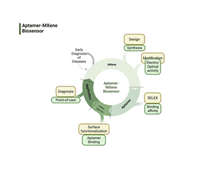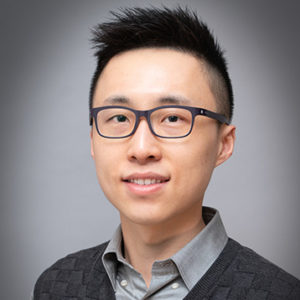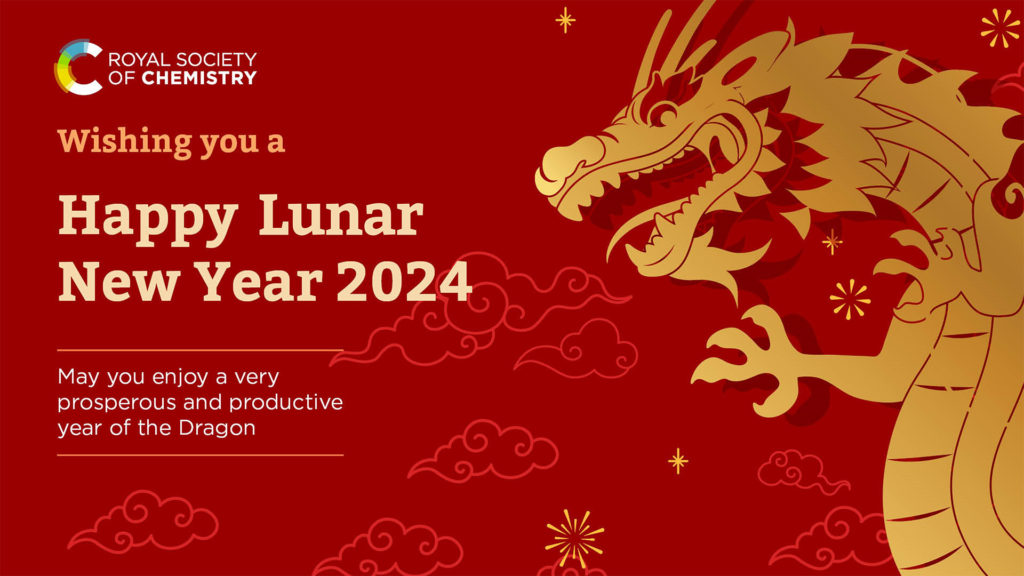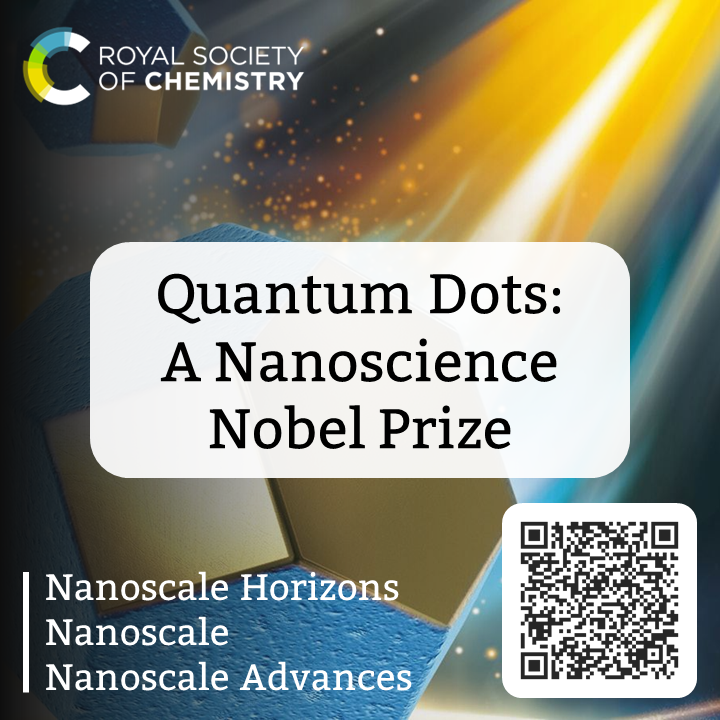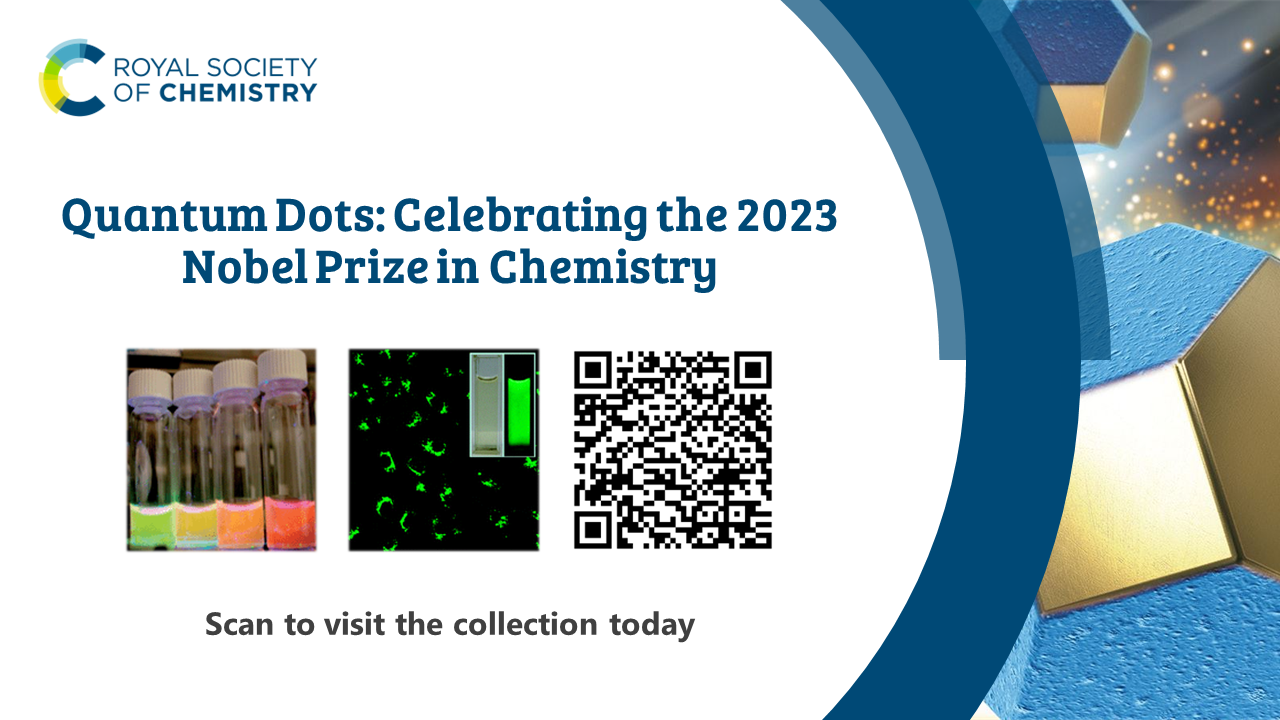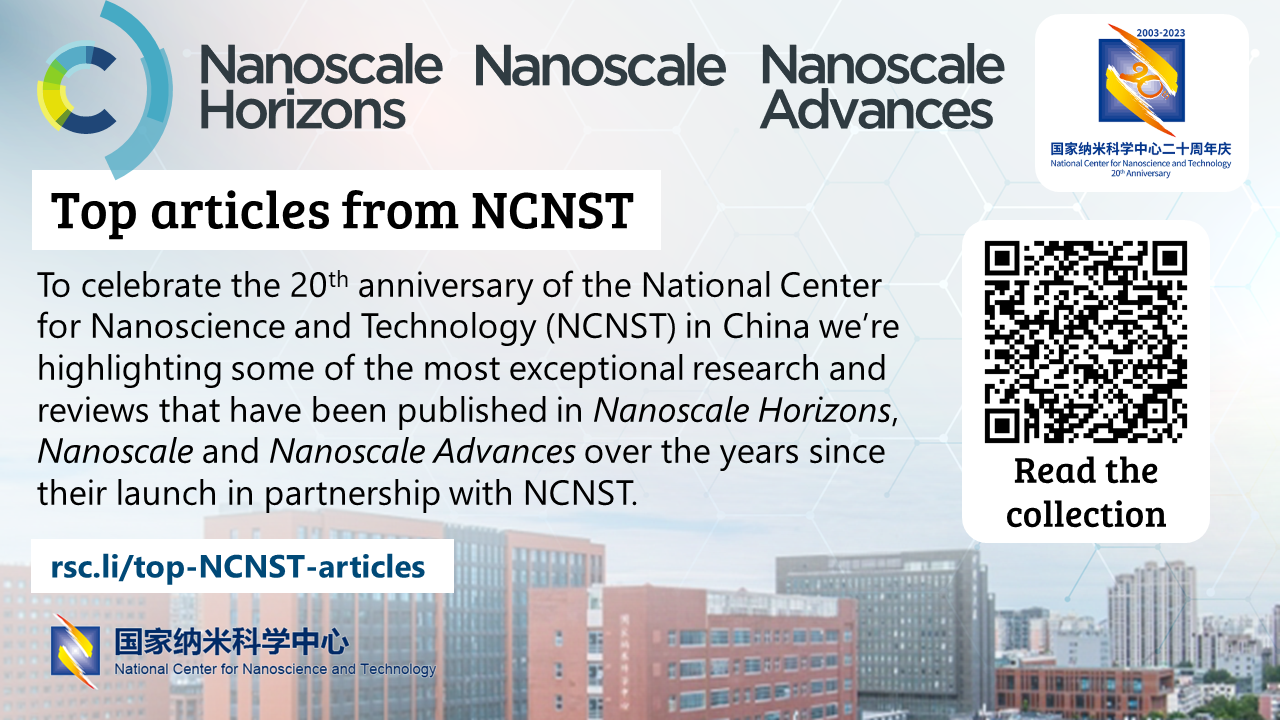MXene chemistries in biology, medicine and sensing
Discover the latest research in this Nanoscale collection guest edited by rofessors Yury Gogotsi (Drexel University, USA), Lucia Gemma Delogu (University of Padua, Italy and Khalifa University, United Arab Emirates), Acelya Yilmazer (Ankara University, Turkey) and Maksym Pogorielov (Sumy State University, Ukraine and University of Latvia, Latvia).

We invite you to discover the latest research from MXene chemistries in biology, medicine and sensing and to read the introductory editorial written by guest editors Yury Gogotsi, Lucia Gemma Delogu, Acelya Yilmazer and Maksym Pogorielov
Materials play a pivotal role in driving the progress of humanity. From the silicon age, when electronic and computer technologies revolutionized our lives, to the present, where we stand on the cusp of the age of nanomaterials, such as MXenes. MXenes represent a very large class of inorganic materials with an unparalleled diversity of structures and compositions. This sets them apart as one of the most significant recent discoveries in materials science.
These two-dimensional inorganic compounds consist of atomically thin layers of transition metal carbides, nitrides, or carbonitrides. Their versatile chemistry and unique and highly tuneable physicochemical properties have propelled them into myriad applications across various fields, ranging from energy storage to electronics and medicine.
Multiple studies have demonstrated that several MXenes are biocompatible and non-toxic to living organisms, thereby opening a door for various biomedical applications. MXene-based materials offer unique advantages in biosensing, cancer research, and regenerative medicine. The list of medical scenarios is growing every day, from the treatment of cardiovascular diseases to immunology and neuroscience.
This special themed collection aims to provide a platform to showcase the recent progress and challenges in the field of MXenes chemistries addressing the exciting current challenges in biology, medicine and sensing.
All articles in the collection are free to read until the 30th of June 2025.
Check out some of the featured articles below:
|
|
MXene-based aptasensors: a perspective on recent advancesNavid Rabiee and Mohammad Rabiee |
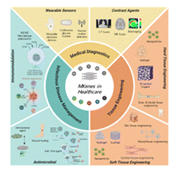 |
MXenes in healthcare: transformative applications and challenges in medical diagnostics and therapeuticsKeshav Narayan Alagarsamy, Leena Regi Saleth, Kateryna Diedkova, Veronika Zahorodna, Oleksiy Gogotsi,cd Maksym Pogorielov and Sanjiv Dhingra |
 |
Bright yellow fluorescent N-doped Ti3C2 MXene quantum dots as an “on/off/on” nanoprobe for selective As3+ ion detectionSantanu Bera and Susanta Kumar Bhunia |
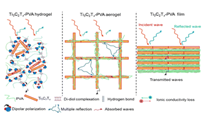 |
Comparative electromagnetic shielding performance of Ti3C2Tx-PVA composites in various structural forms: compact films, hydrogels, and aerogelsShabbir Madad Naqvi, Tufail Hassan,Aamir Iqbal, Shakir Zaman, Sooyeong Cho, Noushad Hussain, Xiangmeng Kong, Zubair Khalid, Zhiwang Hao and Chong Min Koo |


